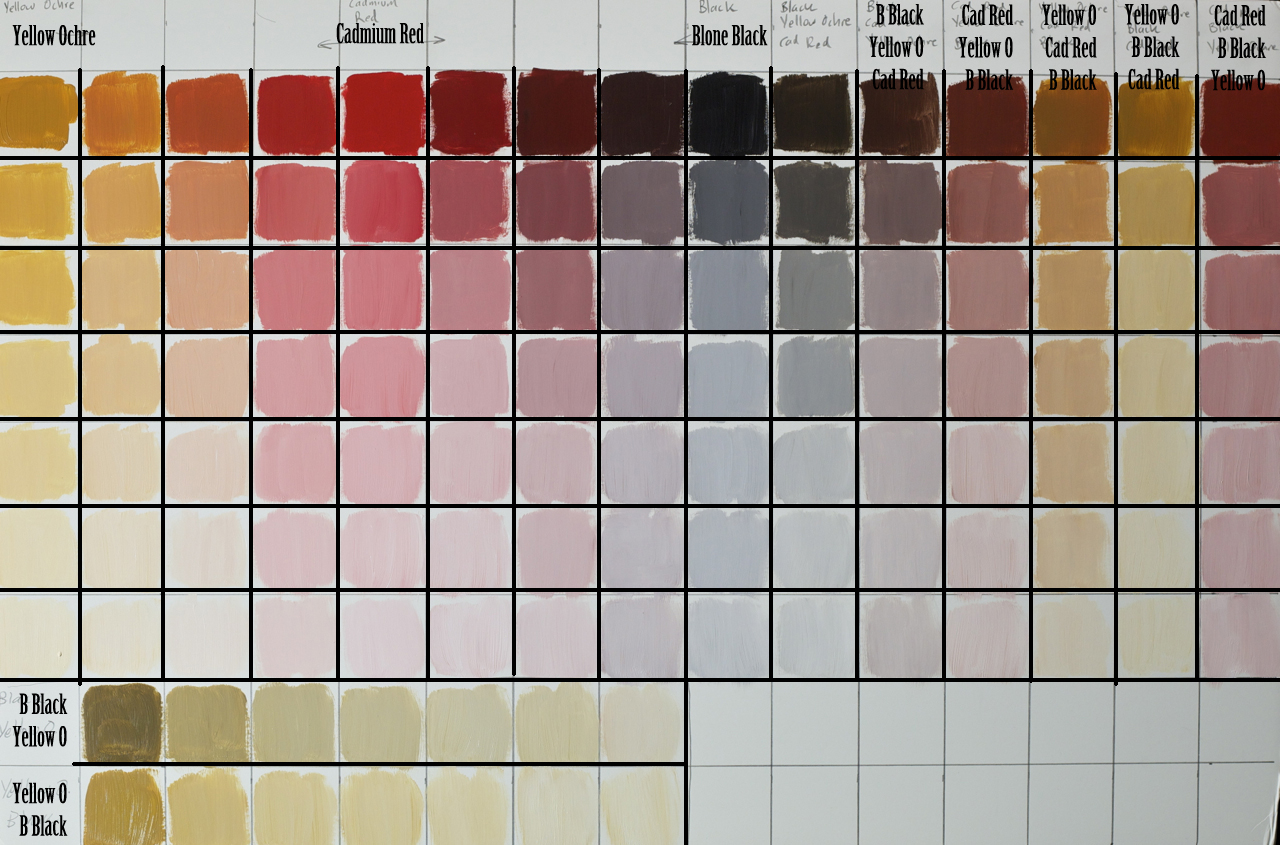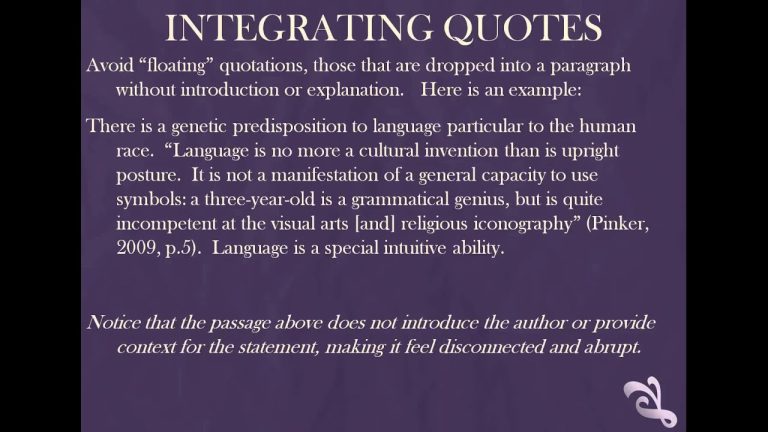For decades, Jet Magazine stood as a pillar of African American culture, providing visibility, pride, and representation in mainstream media. Founded in 1951 by John H. Johnson, Jet chronicled Black life, culture, and politics during a time when most major publications ignored or misrepresented Black Americans.
However, alongside its role in empowerment, Jet Magazine also reflected the complex realities of beauty standards and colorism within the Black community. The now-infamous Jet Magazine skin tone chart, whether directly printed or reflected in visual selections, became a symbol of the deeper conversation surrounding colorism, representation, and identity in media.
This article explores the historical background, social implications, and lasting influence of Jet Magazine’s portrayal of skin tone — a lens into how beauty ideals evolved within Black media and American society at large.
The Legacy of Jet Magazine
Jet Magazine was a publication that emerged in an era of deep racial segregation in America. It became a weekly chronicle of African American life, highlighting both struggles and achievements. From political milestones to social movements, Jet gave Black readers a sense of pride and ownership in their narrative.
However, one of its most popular sections — the “Beauty of the Week” feature — sparked lasting discussions about what was considered beautiful within the Black community. Each week, the magazine showcased a photograph of a young Black woman, usually in a swimsuit, alongside a short biography.
While the feature celebrated Black women’s beauty, critics later observed patterns in the complexion and features of many models chosen, reflecting how Eurocentric standards had quietly influenced even Black-centered media.
Understanding the Jet Magazine Skin Tone Chart
The so-called Jet Magazine skin tone chart refers to the observable spectrum of complexions represented (or underrepresented) in the magazine’s imagery over time — particularly within beauty features and advertising.
While Jet never formally published a “chart,” media analysts and cultural historians began referring to the visual trend as a skin tone chart — a symbolic scale that mirrored color preferences within beauty and media industries.
This “chart” concept became a tool in discussions of colorism — the bias or preferential treatment based on skin tone, where lighter complexions often received more visibility or perceived privilege.
Colorism: The Historical Context
Colorism is not new. Its roots trace back to slavery and colonialism, when lighter skin often meant closer proximity to privilege. These biases persisted long after emancipation, influencing employment, marriage, and social status in the 20th century.
In the media, lighter-skinned Black actors, singers, and models were frequently given more prominent roles or cover features, reinforcing the idea that lighter complexions aligned more closely with mainstream (Eurocentric) ideals of beauty.
Jet Magazine, though created to uplift Black identity, was not immune to these cultural dynamics.
The “Beauty of the Week” Controversy
The Beauty of the Week segment became one of Jet’s most iconic and controversial features. On one hand, it broke barriers by showcasing Black women at a time when few magazines did so. On the other, many readers noticed a trend: lighter-skinned women often dominated the pages.
This visual bias did not go unnoticed. Letters to the editor, academic critiques, and later media studies pointed out the imbalance. In response, Jet occasionally diversified its selections, but the underlying issue reflected a broader challenge — defining beauty in a community shaped by both pride and historical prejudice.
The Jet Magazine skin tone chart, therefore, was more than a visual spectrum — it became a mirror for internalized standards shaped by centuries of social conditioning.
Representation and Media Responsibility
Media representation shapes how people see themselves. For the Black community, Jet Magazine carried immense influence. It was often the first publication where many Black readers saw reflections of themselves in positive and aspirational ways.
Yet representation also carries responsibility. By predominantly featuring lighter-skinned models in its beauty segments and advertisements, Jet unintentionally reinforced colorist ideals.
This was not unique to Jet — mainstream media, from Hollywood to fashion, perpetuated the same pattern. However, in a publication meant to celebrate Blackness, the implications were particularly complex.
Shifting Perceptions and Cultural Reflection
Over the decades, societal awareness of colorism began to grow. By the 1990s and 2000s, conversations about representation and diversity intensified within media and academia. Jet and its sister publication, Ebony, began featuring a broader spectrum of complexions and body types.
Modern audiences and editors recognized that beauty is not one shade — it exists across the entire spectrum of Black skin tones. The evolution of representation in Jet mirrored a broader cultural shift toward inclusivity and self-acceptance.
This transformation also aligned with the rise of movements celebrating dark skin beauty, natural hair, and authentic representation — reclaiming space that had long been influenced by external ideals.
The Influence of Advertising and Economics
It’s important to acknowledge that Jet Magazine’s content was influenced not only by editorial choice but also by advertising economics. Brands advertising in the magazine often dictated visual styles and model selection, favoring lighter complexions they believed would appeal to broader audiences.
This dynamic highlighted how beauty representation in media often reflects economic pressure as much as cultural preference. Even in Black-owned media spaces, the influence of corporate advertising could perpetuate color-based bias.
Thus, the “skin tone chart” became not just a reflection of cultural ideals, but also of commercial forces shaping public imagery.
Modern Interpretations and Academic Analysis
Today, the Jet Magazine skin tone chart is studied in universities and cultural studies programs as part of broader discussions about media, identity, and racial representation.
Scholars examine how Jet navigated the tension between celebrating Black identity and reproducing colorist patterns. Some argue that Jet mirrored the aspirations of its readers — reflecting middle-class respectability politics of the time. Others view it as an unintentional perpetuation of long-standing societal biases.
Either way, the chart serves as a valuable historical lens to understand how media evolves — often mirroring both progress and imperfection.
The Ongoing Fight Against Colorism
The conversation sparked by Jet’s representation continues today. Colorism remains a global issue affecting casting, hiring, and media visibility. Social media movements such as #MelaninMagic and #BlackGirlMagic have helped reclaim diverse beauty narratives.
Modern Black-owned media platforms now emphasize inclusivity — showcasing the full range of Blackness without apology or hierarchy. The lessons from Jet Magazine serve as both a warning and a guide: progress requires conscious effort to challenge inherited biases.
Lessons from Jet Magazine’s Legacy
The Jet Magazine skin tone chart teaches us that representation is powerful — but it must be intentional. While Jet did groundbreaking work by giving Black people visibility in media, its patterns remind us that true empowerment includes celebrating all shades and identities.
Today’s creators, editors, and influencers carry forward that responsibility. By embracing diversity within diversity, media can portray the full richness of Black culture without falling into colorist traps.
Conclusion
The Jet Magazine skin tone chart is more than a visual reflection of color preferences — it is a historical lesson in how beauty, identity, and representation intersect.
Jet remains an essential part of Black media history. It gave voice to stories that mainstream publications ignored and showcased the brilliance of Black life. Yet, it also mirrored the subtle complexities of internalized bias, revealing that liberation is not only about visibility but about equality within that visibility.
As we move into an era of greater awareness, the message is clear: every shade of Black is beautiful, every tone worthy of celebration. The journey from Jet’s early days to today’s inclusive movements marks a powerful evolution — one that continues to redefine beauty on its own terms.
FAQs
1. What was the Jet Magazine skin tone chart?
It was not an official chart but a term used to describe the range of skin tones represented (and often underrepresented) in Jet Magazine’s imagery, particularly in beauty features.
2. How did Jet Magazine influence beauty standards?
Through its “Beauty of the Week” features and advertisements, Jet helped shape perceptions of Black beauty, though at times it reinforced colorist biases common in mid-20th-century media.
3. Was Jet Magazine aware of colorism in its features?
Over time, the publication became more conscious of representation and began to diversify its imagery, especially in later decades when conversations about colorism became more widespread.
4. Why is colorism important to discuss in media?
Because it affects how people perceive beauty, value, and identity within communities of color. Addressing it helps create fairer, more inclusive media representation.
5. What is Jet Magazine’s legacy today?
Despite its flaws, Jet remains a pioneering publication that gave Black stories visibility and pride. Its evolution reflects the ongoing journey toward celebrating every complexion and redefining beauty for future generations.
Also read: The Mandelbrot Set Crop Circle: When Math Meets Mystery




Leave a Comment